A Strange History

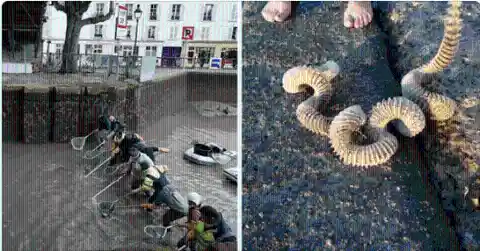
When the Canal Saint-Martin in Paris was drained, it revealed a history that many weren’t aware of. Onlookers peered into the canal as workers gradually drained the water, they were met with a shocking surprise that would eventually tell-all. Hidden treasures were about to shock the locals, as what they discovered haven’t seen the light of day since Napolean ruled the lands.
Napolean Era
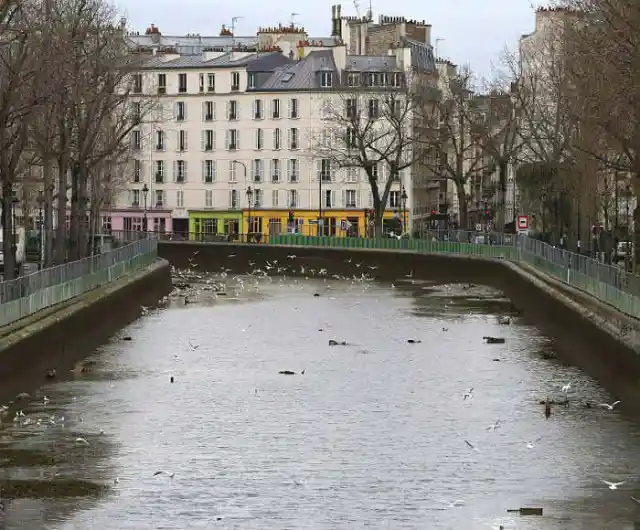
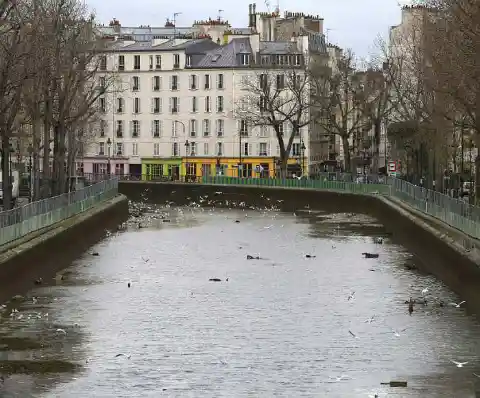
Over 200 years ago the construction of the canal was put into motion as Napolean deemed it necessary to bring fresh water into the city for the rising population. There were nearly 550,000 people living within city limits during the time and the idea was, that the fresh water would prevent any disease from spreading. This lead to many more canals being constructed over the next two decades.
Three Major Canals
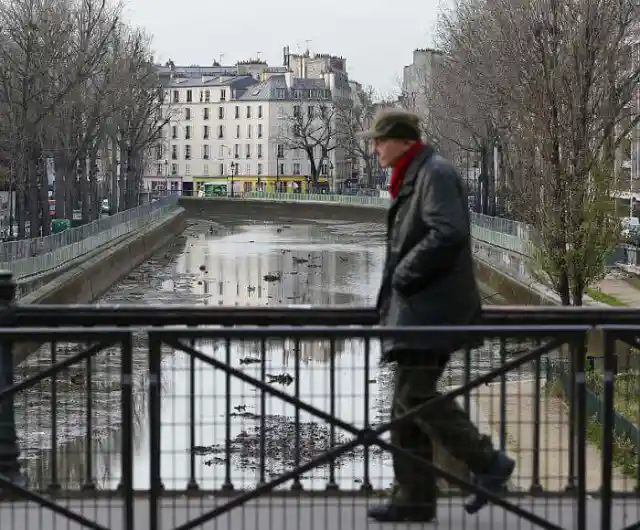

Three more canals were dug across the city, connecting freshwater flow throughout. The most popular of the three is the Canal Saint-Martin, which connects the 68-mile Canal De l’Ourcq to the River Seine. They make up the unique landscape of Paris and are now known as sites to see in the city of love.
LA Bastille
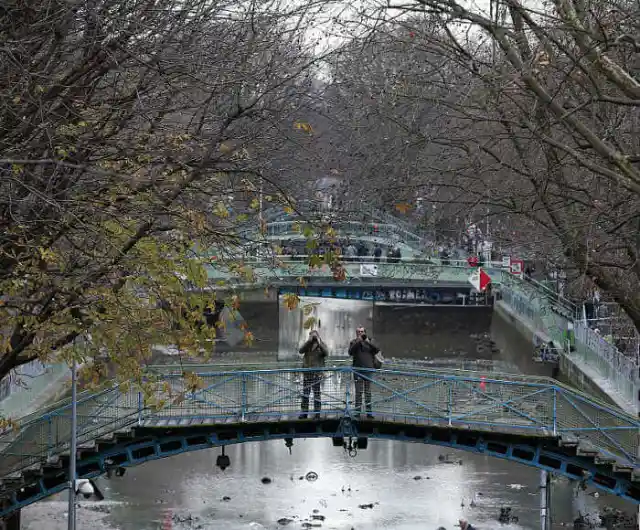
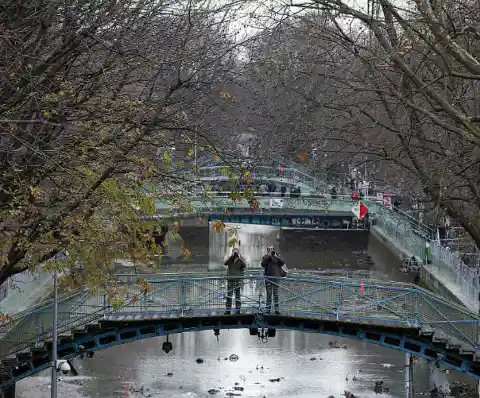
The canal itself runs under La Bastille, an old prison site that was destroyed during the French Revolution. Combined, all three canals run over 80 miles throughout the city. The portions between the Rue du Faubourg du Temple and the Place de la Bastille were covered during the 19th century to create larger boulevards and streets for pedestrians, cutting the canal’s length in half.
An Active Waterway
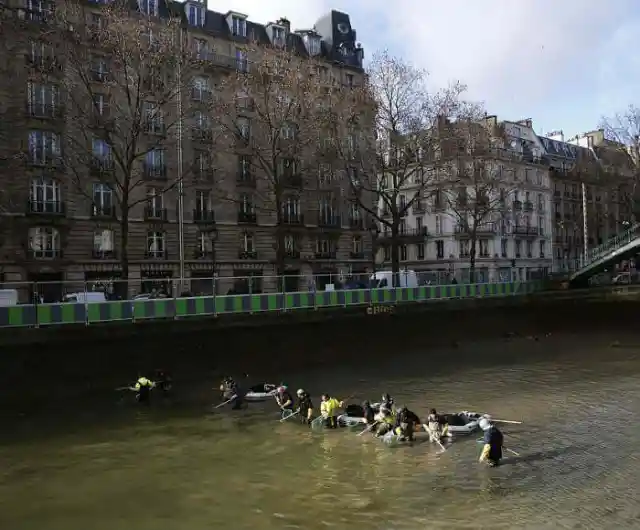
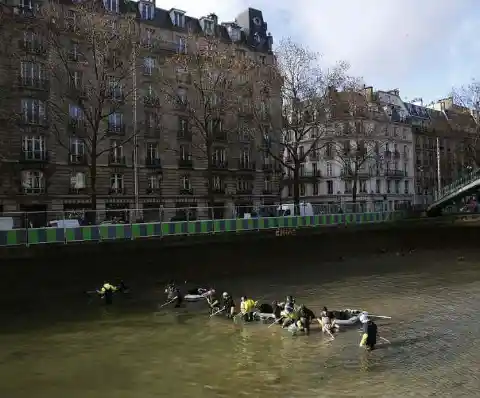
Back when the canal was created, it was funded by the taxes on wine. But the canal had more than just one job. Along with supplying fresh water to the people, it was also an active waterway that brought supplies like food and lumber that the population desperately needed.
Tourist Attraction
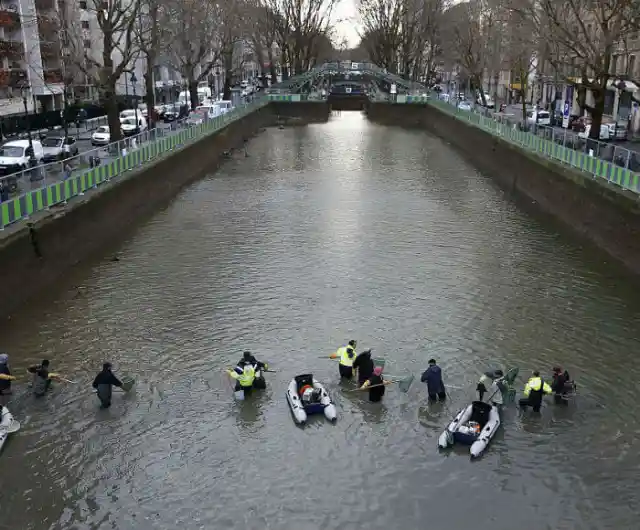

Many bridges now cross the canals, allowing tourists to have photo ops of some of the worlds most famous waterways. Locals congregate near the water’s edge at cafes and shops, while the freshwater rushes through the city. So it didn’t take long for locals and tourists alike to noticed officials uncovering amazing things beneath the water’s surface.
Astonishing Discovery
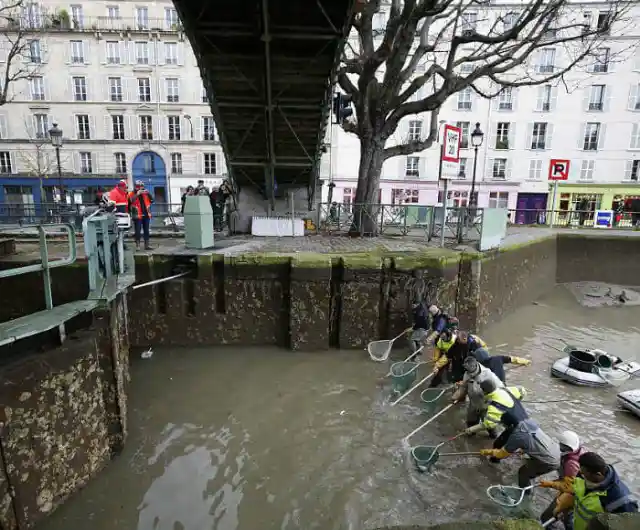
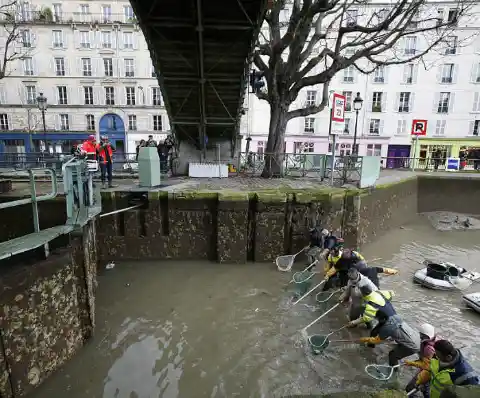
The excavation wasn’t taken lightly, as these waterways are home to many famous artists, both past and present. Lining the streets are painters, mimes, and dancers–all of which call this place home for the majority of their days. Even Hollywood has taken notice of the historical significance of this canal, which is why the discovery was so astonishing and interesting to many.
Necessary Cleaning
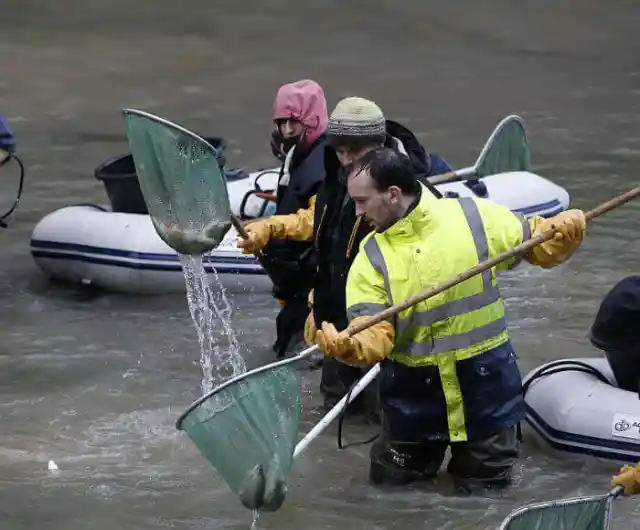
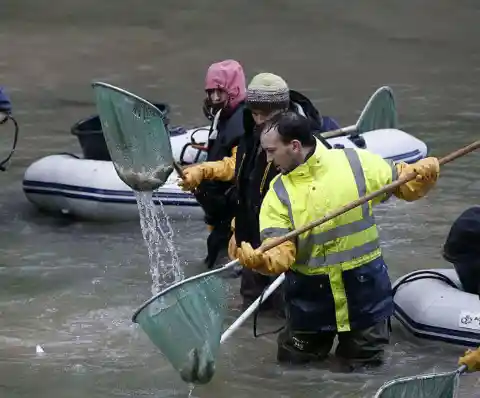
Every 10-15 years the government makes time to empty and clean out the waterways to keep them as fresh as possible. They make sure to take the fish out safely, as many call the canal home, before emptying the water completely. Cleaning out the trash and other unwanted materials is essential to keep this site historic, but in January 2016 they got more than they bargained for. What they found was out of the ordinary, to say the least.
Deep Cleaning
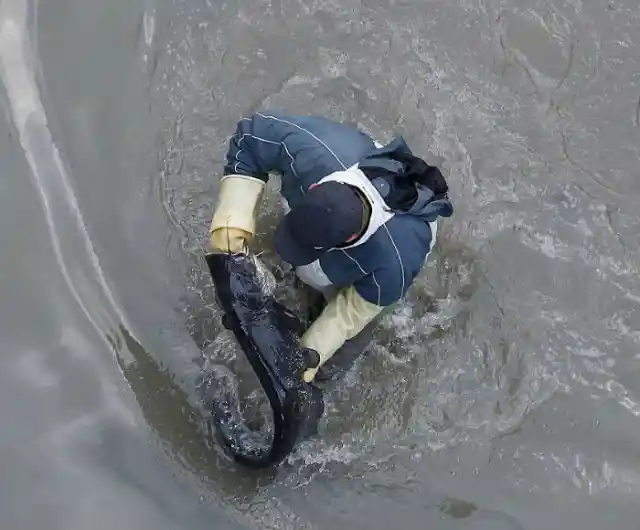
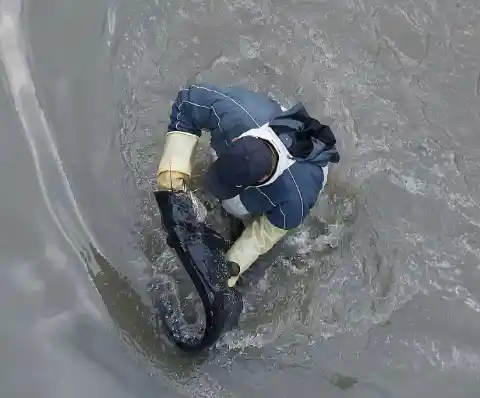
The last time the canal was cleaned was in 2001, so it was well overdue for a deep cleaning. The last time the excavation occurred, they found numerous things, like a washing machine, gold coins, a car, and even two bullet shells dating all the way back to World War I. Finding things of such historical significance prompts officials to clean out the canal more regularly, as it could be hiding many more treasures.
Garbage Dump
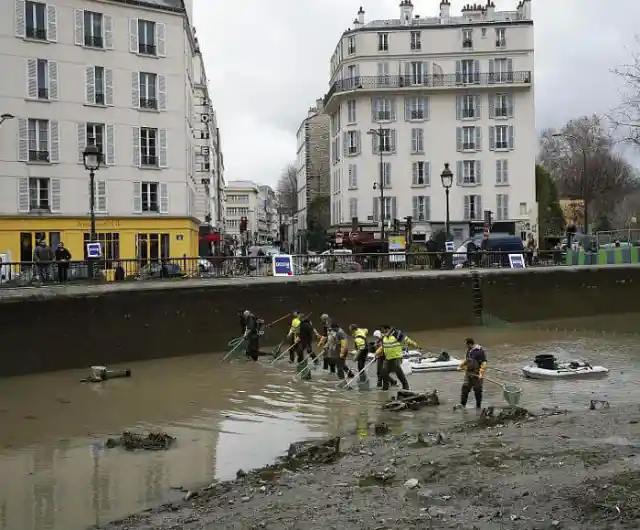
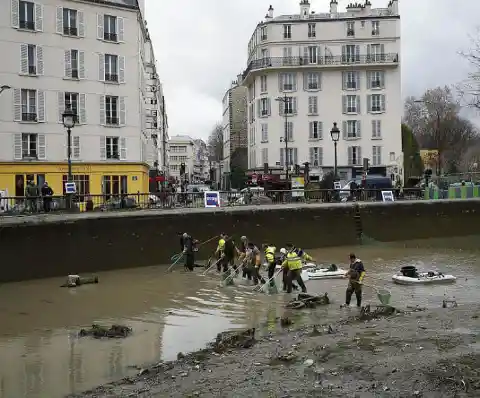
Along with the strange materials and treasures they found during the last cleaning, they also obtained nearly 40tons of garbage. The previously quiet neighborhood is now becoming a night-life scene where the youth seem to flock. Due to the populated nights, officials were concerned that more garbage would accumulate in the canal, so excavations began quickly to test this theory.
Three Months, $10 Million

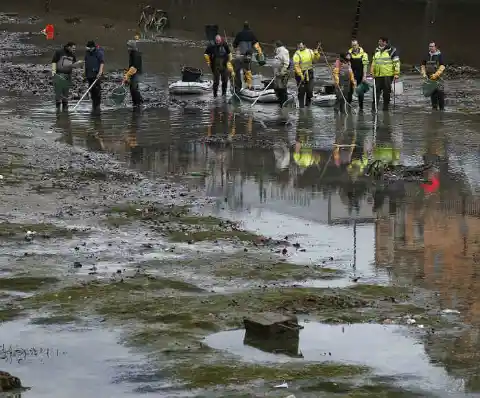
This wasn’t going to be an easy project by any means. It would take them nearly three months to clear out three million cubic feet of water, and nearly $10 million dollars to complete the mission. Although it was time-consuming and costly, they knew it had to be done. The manpower to complete it was intense as well, as dozens of workers started cleaning the canal for hours a day.
Relocating Fish

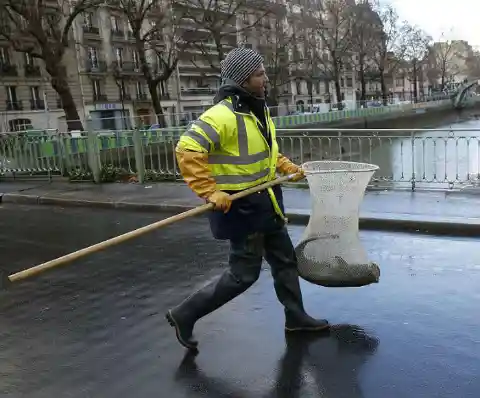
The first step was to clear out the fish and relocate them to nearby waterways for safekeeping, which began on January 4th. Tons of carp, trout, and bream swim up and down the canal, calling it home. This stage was a long process, as they had to catch them one by one. The drained the water all the way down to nearly 20 inches so the fish were more visible.
January 7th
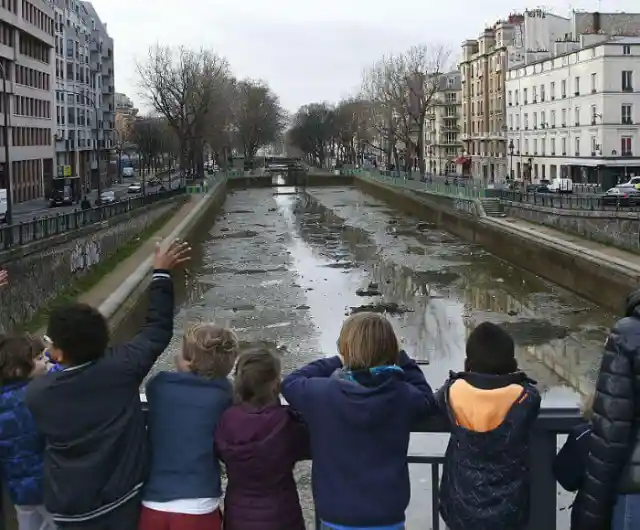
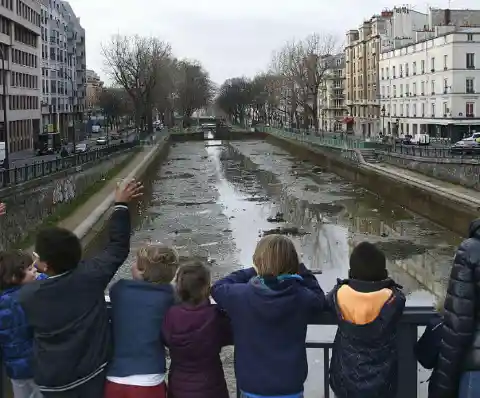
The next phase was trash clean-up, and it wasn’t going to be an easy job. This phase began on January 7th, and the rest of the water was drained. By this time, people were flocking to the water’s edge to see what treasures were about to be uncovered.
Miles of Trash

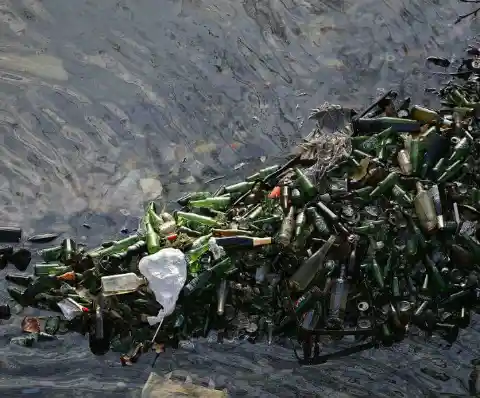
More trash than ever filled the canal, including bottles, plastic bags, and even traffic cones. The sheer amount of trash was alarming, proving official’s theory was correct. They found things that puzzled many, as it was unknown just why or how these items would end up in the canal. For being such a historical landmark to the people of Paris, it was shocking to see how it was really treated.
Vélib
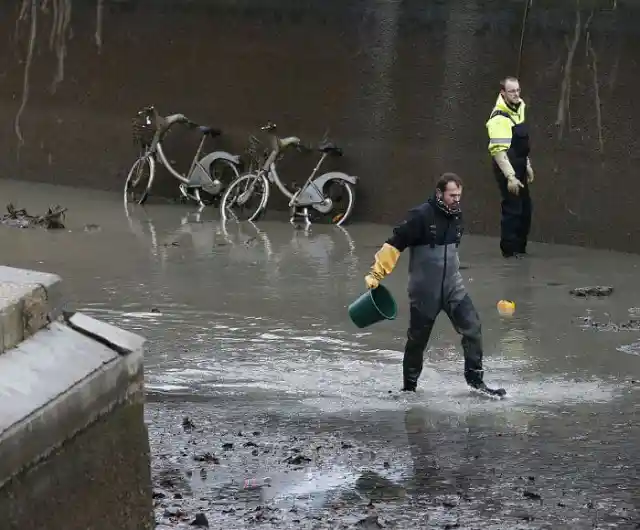
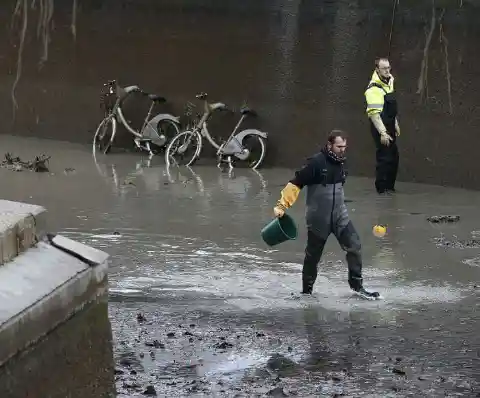
In 2007 the city launched a bike program called Vélib, which allowed people to rent bikes at a fairly decent rate to enjoy the city views and hopefully cut down on carbon emissions. Nearly 12,500 bikes were intended to make it safer and easier for people to commute to work, site seeing, and anything else they needed transportation for, but instead, many of them ended up in the canal.
Bike Graveyard

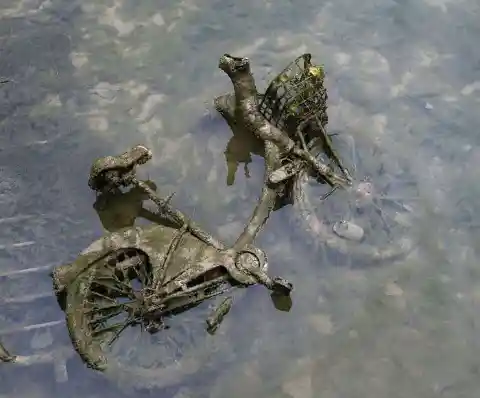
Many witnesses, including a man named Marc, told the Guardian about watching the vast amount of bikes be recovered from the water, “It’s like some kind of weird submarine treasure. I just can’t believe the quantity of Vélibs in there. I guess they were stolen and thrown in afterward. It’s bizarre.” However, bikes weren’t the only strangest thing found at the bottom of the water.
Motorcycles
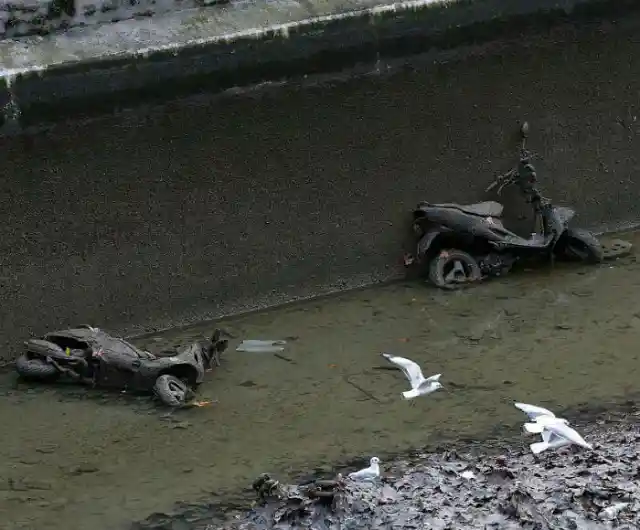
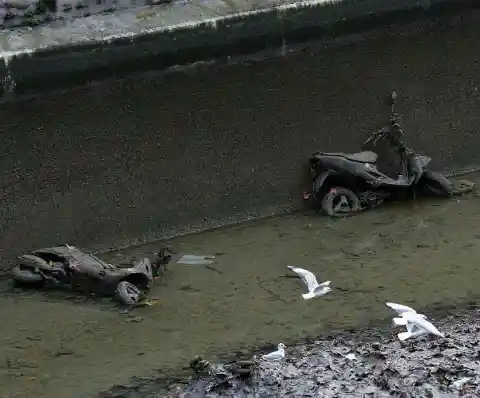
Two motorcycles were also found, prompting officials to wonder if they were stolen and dumped there. There were no signs of a crash, and there had been no reports of signs of bodies, so they were stumped. Why else would expensive transportation devices put there? But again, these weren’t the strangest items found there.
A Toilet?
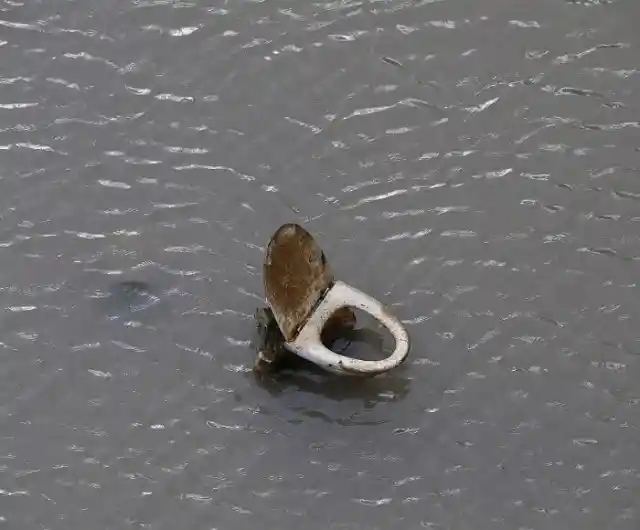
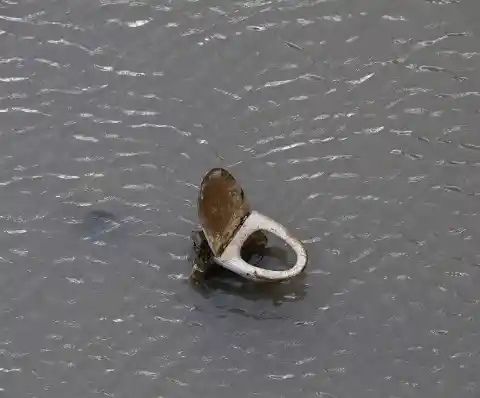
The heaps of garbage included a toilet (yes, very weird), shopping carts, garbage cans, chairs, and even a vintage stereo. It was becoming more apparent that more and more people were using the canal as a dumpsite, rather than treating it with the respect it deserved. The canal was once meant to bring fresh water in, and now, it was nothing more than a trash site. Something had to change and authorities were enraged. They kept cleaning, and still, they found more.
A Waste Issue

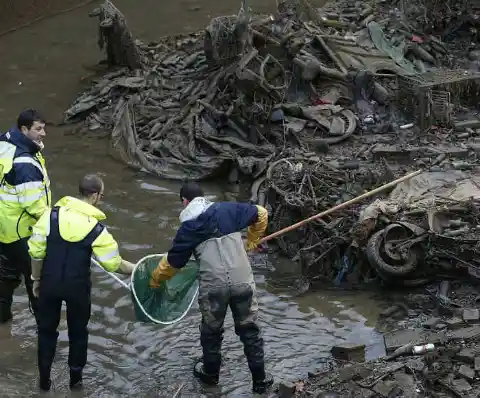
Another witness, Bernard, told the Guardian he blamed the youth for the ever-growing waste issue in the city, “That’s Paris for you, It’s filthy. The last time, I don’t remember seeing so much rubbish in it.” He went on to say, “I despair. The youth are using it as a dustbin.” Now that authorities could correlate the growing nightlife scene to the increase in the liter, it was time to make a change.
To Swim, Once Again
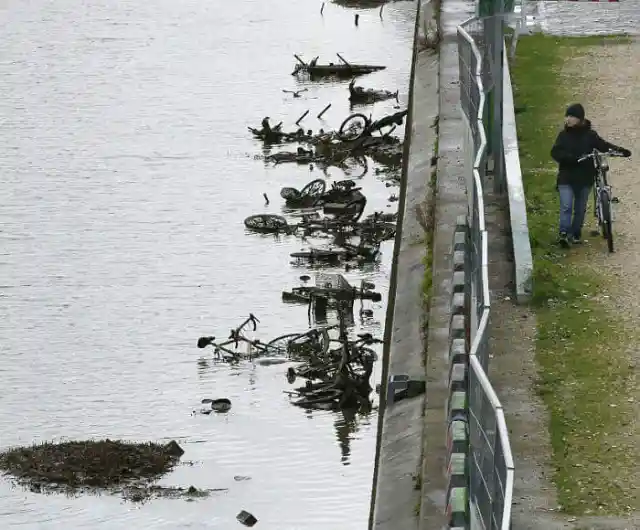
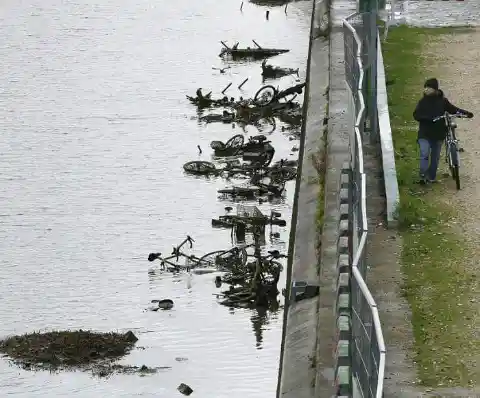
Deputy mayor Celia Blauel hopes to encourage people to clean up their act regarding the canal, literally. She speaks to the people of Paris, reminding them of the benefits the canal once offered them, “If everyone mucks in and avoids throwing anything into the water, we might be able to swim in the canal in a few years [again}.” With growing awareness of the world’s detrimental waste issue, we can only hope that within the next couple years things will drastically improve. It’s not a simple act to stop littering, it’s a mindset.